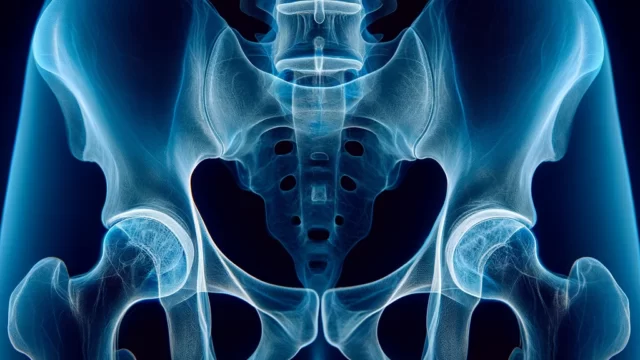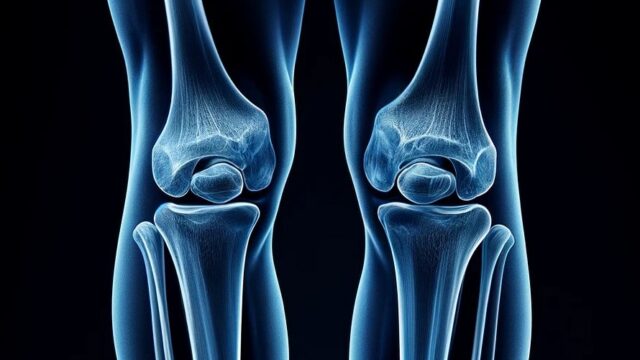Purpose
Observation of foot bone fractures, joint spaces, soft tissue, and foreign objects.
Prior confirmation
Confirm the examination site.
Remove any obstacles.
Positioning
Supine or seated position.
Bend knees, extend toes, and firmly place the soles of the feet against the cassette.
Align the foot reference line of the examined side (a line connecting the calcaneus and the second toe) with the cassette’s long axis.
Turn the knees inward and raise the outside by two finger-widths (30°) to prevent twisting of the entire foot.
Place the RL marker.
CR, distance, field size
CR : Perpendicular incidence towards the proximal area centered at the base of the third metatarsal.
Distance : 100cm
Field size : Narrowed down to include the heel bone to the fingertips. Include the skin surface on both sides.
Exposure condition
50kV / 4mAs
Grid ( – )
Image, check-point
Normal (Radiopaedia)
All the bones of the foot are included.
The lateral (third) cuneiform does not overlap with the cuboid.
The third to fifth metatarsals do not overlap.
The first and second metatarsals partially overlap.
Alignment of the inner side of the third metatarsal and the inner side of the third cuneiform is traceable.
Cortex and trabeculae are clearly observable.
Adequate tolerance to observe soft tissue.
R/L marker is included.
There is no blurring due to movement.
Videos
Related materials








